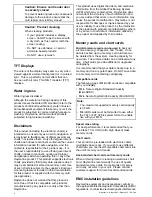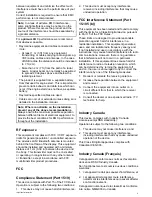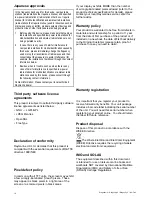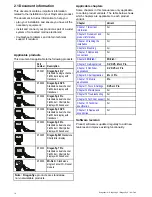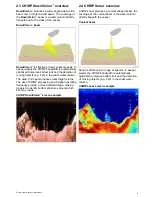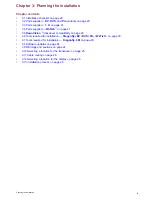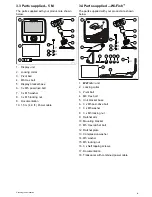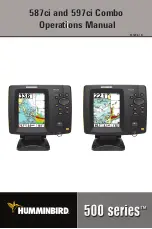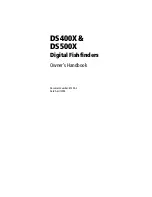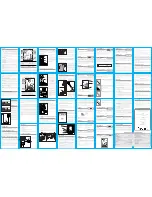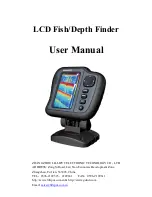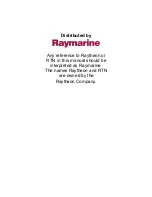
3.10 Selecting a location for the
transducer
This product is supplied with a transom mount
transducer. The guidelines below should be followed
when selecting a location for the transducer.
Note:
The transducer is not suitable for mounting
on vessels where the transom is aft of the
propeller(s).
For best performance the transducer must be
installed in a location with the least turbulence and
aeration. The most effective way to determine this
is by checking the water flow around the transom
whilst underway.
D13184-1
• Mount close to the keel (centerline), in a position
where the transducer element will be fully
submerged when the vessel is planing and turning.
• Mount a suitable distance from the propeller(s) to
avoid wake.
• For clockwise rotating propellers, mount
the transducer on the starboard side, for
counter-clockwise, mount on the port side.
• On a twin engine vessel mount the transducer
between the engines.
• Turbulence can be caused by a number of other
factors such as steps (1), ribs (2), rows of rivets
(3) and strakes (4). The turbulence appears aft
of these locations.
1
2
4
3
D
12636-1
• Air trapped under the front of the vessel can travel
under the hull and appear as aeration aft.
• If installing on the step of a stepped transom,
allow sufficient room above the transducer for
transducer kick up.
D13185-1
Note:
Optimum transducer location will
vary depending on vessel type. Optimum
transducer height and angle should be
obtained by testing the transducer with the
vessel in the water.
Product dimensions – CPT-DV and CPT-DVS
The transducer’s dimensions including the transom
mounting bracket are shown below.
D13183-1
65 mm (2.6 in.)
228 mm (8.97 in.)
11
1
.2
m
m
(
4
.4
in
.)
• The
CPT-DV
cable length is 4 m (13.1 ft.)
• The
CPT-DVS
cable length is 6 m (19.7 ft.)
Planning the installation
25

